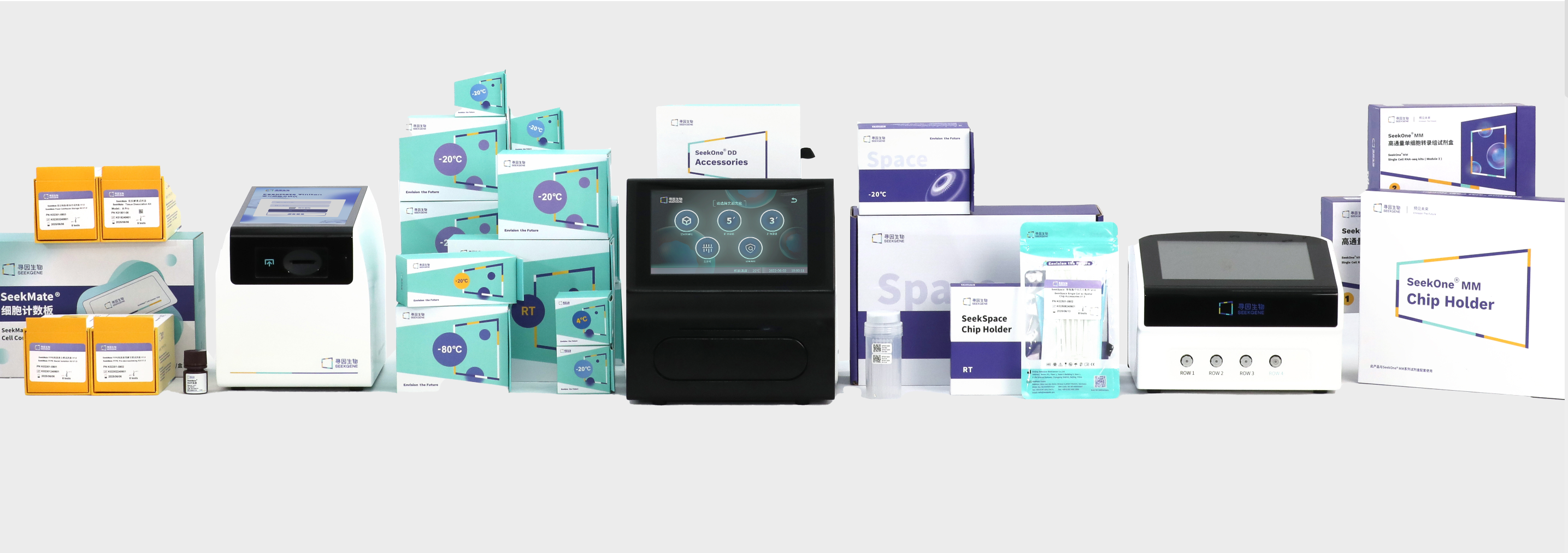Integration Analysis of scRNA-seq and scATAC-seq
Integrate scRNA-seq and scATAC-seq multi-modal data using Seurat and Signac
This center brings together standardized documentation covering the entire process from experimental preparation and sequencing to data analysis, aiming to provide you with clear, accurate operational guidelines and theoretical support to ensure your research projects proceed efficiently and smoothly.

Integrate scRNA-seq and scATAC-seq multi-modal data using Seurat and Signac
Purpose, standards, and key quality control metrics for scRNA-seq and scATAC-seq multi-omics data
Strategies for dimensionality reduction and clustering of multi-omics scRNA-seq and scATAC-seq data, including RNA-based and ATAC-based approaches, as well as integrated joint dimensionality reduction and clustering leveraging both modalities.
Cell annotation methods and strategies for dual-omics scRNA-seq and scATAC-seq data. By simultaneously considering both sources of information - gene expression (RNA) and chromatin accessibility (ATAC) - the accuracy of cell annotation can be improved.
Based on scATAC-seq data, differential accessibility analysis is used to identify cell type/state-specific open chromatin regions. Next, motif enrichment analysis is performed to determine key regulatory transcription factors. Relevant peaks are then annotated to genes, and functional enrichment is carried out to reveal potential cell type-specific regulatory mechanisms.
Motif analysis is a key step in decoding transcription factor regulatory networks from single-cell ATAC+RNA multi-omics data. By identifying motif-enriched transcription factor binding sites within accessible chromatin regions (peaks), it is possible to infer which transcription factors may regulate specific cell types or states.
Let's explore the infinite possibilities of life science together!
Built with ❤️ by SeekSoul Online Team